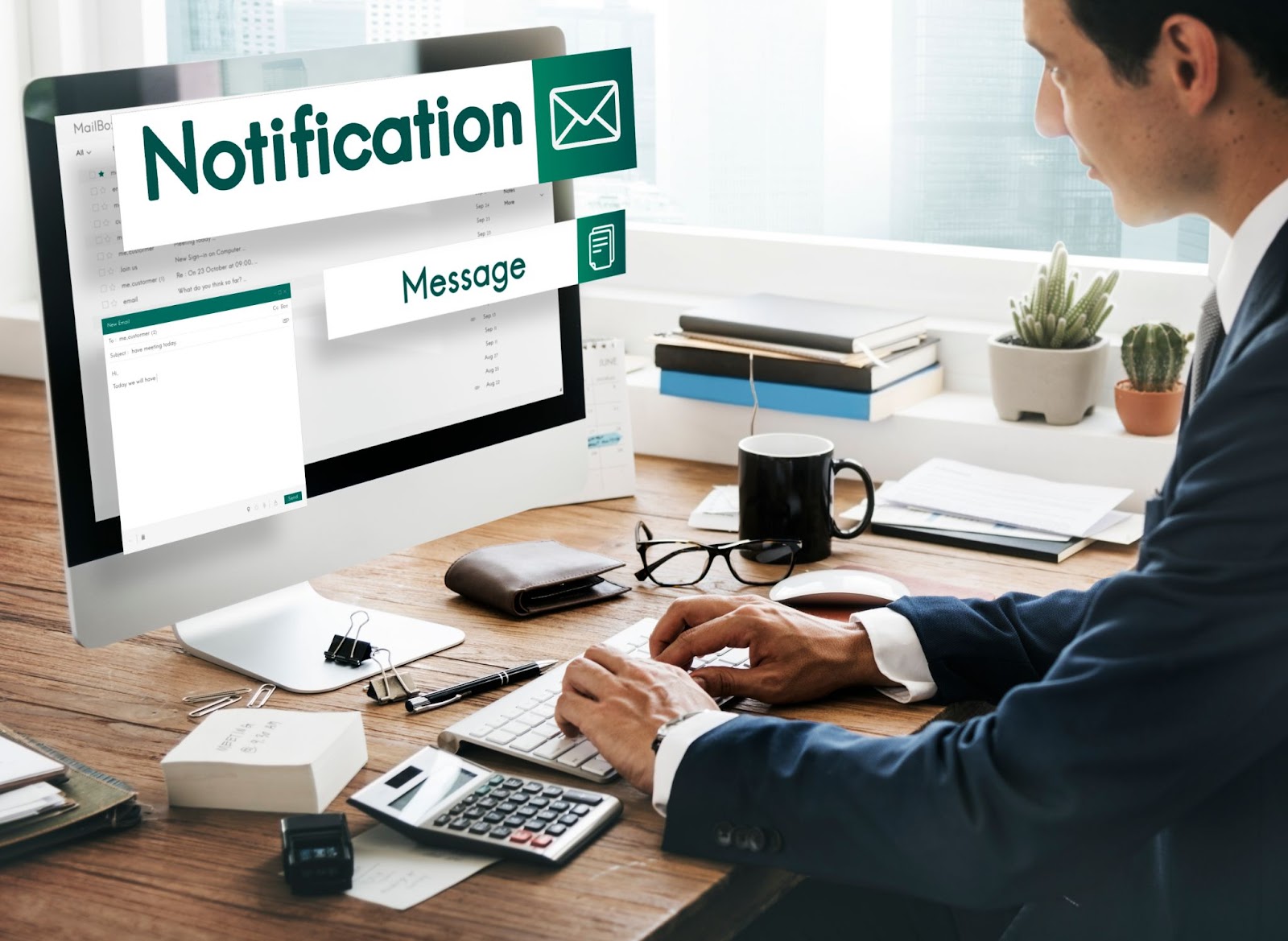Email drip campaigns offer many companies a simple and scalable way to market themselves to targeted audiences. Automation makes it easy to build relationships and guide clients toward action. However, automation alone is not enough to run a successful drip campaign. What truly matters is the quality of the content.
You can set up a flawless system, but if the content feels generic, misaligned, or self-promotional, your audience will stop reading. Each message needs to deliver insight, provide clarity, or make your audience feel seen.
In this article, we’ll look at how to run an email drip campaign that converts. Keep reading to learn everything you need to know about using quality content to nurture relationships with your clients.
Why Drip Campaigns Matter, But Only if the Content is Worth Reading
Email drip campaigns are automated sequences triggered by user behavior, timeline, or a specific action. They allow you to guide prospects or clients along a path, delivering relevant messages at the right time. This approach is far more effective than one-off campaigns because it builds a narrative and creates continuity.
For financial professionals, this continuity is critical. Prospects are often evaluating multiple firms or weighing complex decisions. One email will rarely tip the scales. A well-paced sequence, on the other hand, can educate, reassure, and gradually build confidence.
The mistake many make is assuming that automation guarantees effectiveness. It does not. If the content is uninspired or fails to speak directly to your audience’s needs, even the best timing won’t save it. Your emails should be clear, helpful, and aligned with where the recipient is in their journey.
The Psychology of Trust Through Consistent Communication
Trust is built over time, not in a single transaction. Email drip campaigns create a rhythm of communication that helps establish familiarity and credibility. Each message is an opportunity to reinforce your values, share your expertise, and demonstrate your reliability.
This is especially true in financial services, where trust is non-negotiable. People want to know they are in good hands. They want to feel like they are being guided, not sold to. By showing up regularly with thoughtful content, you position yourself as a steady presence in their decision-making process.
Even simple gestures, like sending a welcome email that explains what to expect or a reminder about common tax season mistakes, build confidence. Over time, your emails become less like marketing and more like a helpful nudge from someone they trust.
Use Cases: Onboarding, Education, and Seasonal Planning
Strong email drip campaigns are not one-size-fits-all. The most effective sequences are built around specific objectives. For example, a financial advisor marketing drip email campaign would achieve the following:
Onboarding New Clients
The onboarding process sets the tone for your entire relationship. A drip campaign that supports new clients in their first few weeks creates a smoother experience and reduces friction.
Timely and Seasonal Planning
Using time-based triggers like tax deadlines or end-of-year reviews allows you to deliver highly relevant messages. Calendar-driven campaigns show you are proactive and tuned in to what matters. Examples include:
- January: Goal-setting guides
- March: Tax planning reminders
- June: Mid-year financial reviews
- December: Year-end financial strategies
These messages are more likely to be opened and acted upon because they align with real-world needs.
Financial Education
Educational content builds credibility and keeps your audience engaged, even before they are ready to buy. A drip sequence focused on topics such as risk tolerance, retirement planning, or investment basics positions you as a helpful resource, not just a service provider. Each message should address a specific pain point or question your audience faces.
Writing Quality Content for Each Stage of the Customer Journey
Not every subscriber is at the same point in their relationship with you. Some may be brand new and just learning who you are. Others may be past clients looking to re-engage, or active clients in need of timely guidance. Your content needs to reflect these differences. That is where mapping the customer journey becomes essential.
For those at the top of the funnel, focus on trust-building and basic education. Avoid overwhelming them with complex language or aggressive offers. Use these early emails to explain who you are, what you do, and why it matters to them. Share valuable insights that help them solve small problems, such as a checklist on financial habits or a simple guide to understanding cash flow.
In the middle of the funnel, you are speaking to people who are interested but not yet committed. Here, you can offer deeper insights and case studies that demonstrate how you help others like them. Think about including client success stories, financial planning frameworks, or a short explainer video on your process. The goal is to increase their confidence and show that your expertise has real-world results.
At the bottom of the funnel, the audience is closer to a decision. These emails can include strong calls to action, such as scheduling a discovery call, attending a free consultation, or accessing a premium guide. The content should remove friction and make the next step feel easy and safe. Use clear language and emphasize the value of acting now.
Segmentation: Tailoring Content to Specific Audiences
Segmentation is what takes your email marketing from average to excellent. Sending the same sequence to every subscriber dilutes your impact. Different groups have different goals, concerns, and timelines. By tailoring your content, you show respect for their individual journey and increase the likelihood of engagement.
Start with broad segments if needed, such as new subscribers, active clients, or lapsed leads. As your list grows, refine based on interests, responses, or actions. Most modern email platforms offer tools to tag and filter subscribers based on these criteria, which allows you to deliver highly relevant messages at scale.
Tools That Help You Create and Deliver Better Campaigns
While content is the heart of your drip campaign, the tools you use can make a big difference in execution. Look for platforms that offer features like visual automation builders, segmentation capabilities, and reporting dashboards.
For financial advisors and small business teams, ease of use is important. You need to be able to design sequences without needing a full-time marketing team. Look for features such as:
- Pre-built templates for onboarding or education
- Tagging and list segmentation
- Trigger-based automation (e.g. “send this after they download a guide”)
- A/B testing for subject lines and content
- Analytics on open rate, click-through rate, and conversion
Measuring Impact and Optimizing Your Strategy
Even the best content needs to be tested and improved over time. Without measurement, you are guessing. The most effective drip campaigns are guided by data, not assumptions.
Start by monitoring basic metrics such as:
- Open rate, which indicates subject line effectiveness and subscriber interest
- Reply rate or conversions, especially for service-based professionals, to track conversations and leads
- Unsubscribe rate, which reveals if your content is missing the mark
- Click-through rate (CTR), which shows whether your content is engaging and prompting action
These indicators help you understand what is working and where you are losing people. If open rates are low, test different subject lines or send times. If click-through rates are lagging, revisit your calls to action and the clarity of your message to improve your content retention strategy.
Final Takeaways
Email drip campaigns are a great conversion tool when done correctly. Automation is only half of the equation. You need to craft high-quality emails that appeal to your audience to maximize the benefits of a targeted drip campaign.
Unfortunately, some businesses don’t have the time or in-house talent to create the kind of email content that drives real results. That’s where Penmo comes in. We craft high-quality drip campaigns that nurture leads, build trust, and boost retention, so you can focus on what you do best.
Talk to us today to learn how we can help you write high-quality emails that will guarantee high conversion in your drip email campaign.

